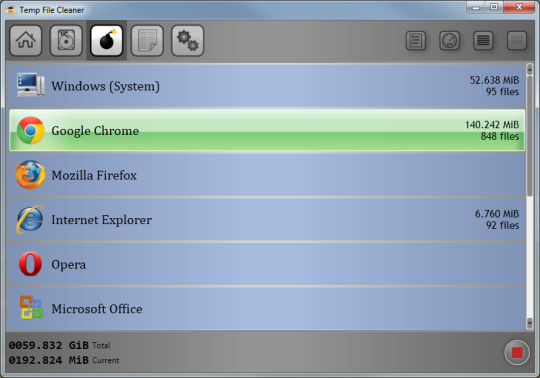
The current system is based on network utilization and can handle up to 32 servers.Ī very important feature which has been implemented is the way in which bandwidth is managed for a terminal services session. However, a disadvantage would include the fact that although Windows 2003 and Terminal Server offer load balancing, this can still be improved.
Session Directory (stores a list of sessions indexed by username and server to allow automatic re-connection from a disconnected session, in a terminal server farm environment). Automatic re-direction of client local and network mapped drives. Automatic re-connection of a disconnected session (useful for wireless connections). Should the terminal services client not support such a high level of encryption, then lower levels can be set.Ī few of the most sought after advantages include: Terminal Server does not require the client to have a Microsoft Windows operating system in order to connect to it.Ī 128 bit, RC4 bi-directional encryption method is used to secure the connection. 

The ability to access a terminal server and establish a session via a Pocket PC, for example, is a great feature that would be handy for employees on the move.
the centralization and management of applications (constantly keeping them up to date). administrators to take control of, and manage, a computer from their desk. the sharing of applications and desktops over the network. 
It has been improved by offering more features, greater reliability and scalability in Windows 2003. Terminal Services, known to some as an Admin’s best friend, uses RDP (Remote Desktop Protocol), relies on TCP/IP, and falls under the application layer of the ISO 7-layer model. For more information about Windows Terminal Services, please visit.







 0 kommentar(er)
0 kommentar(er)
